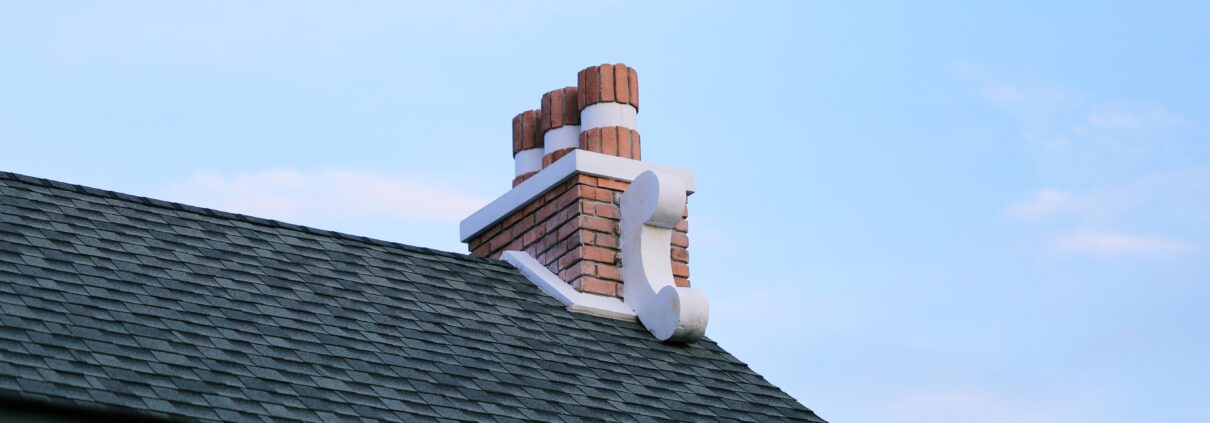Why You Need to Have a Yearly Chimney Inspection
We get it. As a homeowner, you have a lot of maintenance to do.
It makes you wonder, “Are all these tasks essential?” Perhaps there are some that you can skip without suffering any dire consequences.
A yearly chimney inspection, however, is not optional. There are some huge dangers caused by not getting your chimney inspected often enough. Most of these dangers involve your house burning to the ground.
To help you understand this, we’ve written you this guide. In it, we explain in detail eight critical reasons you need to have your chimney inspected every year. Read on to learn more.
1. There Are Many Chimney Problems You Can’t See Without a Professional Inspection
Your chimney is a long, dark tunnel. Part of it is way up on the roof, where most homeowners can’t safely reach.
In other words, you can’t even see most areas of your chimney. So, self-inspection is not an option.
Besides, most homeowners wouldn’t know what to look for. And they don’t have the tools to do anything about chimney problems either. But a professional chimney sweep has all the necessary training and specialized tools to get the job done.
2. Creosote Buildup Can Cause a Fire
It’s a fact of using your fireplace that creosote builds up on the inner walls of your chimney. Creosote is a combination of byproducts from burning wood and other fuel. Namely, smoke, ash, oils, and unburned wood particles form an ever-thickening layer of this gunk.
Not only doesn’t this restrict the airflow of your chimney, but it can also start a fire. You see, the creosote is flammable.
So, if the creosote gets too thick and the fire gets too hot, then the whole chimney catches on fire. This will be a scorching fire that will soon spread to the rest of your house.
The ridiculous part is that, as often as this happens, it’s so easy to prevent. Simply get your chimney inspected every year to keep this from happening.
3. Animal Nests and Other Debris in Your Chimney Can Cause a Fire
Besides creosote, animals such as rats or birds can build nests in your chimney. Also, storms can blow twigs and leaves into your chimney too. This is especially true if your chimney’s crown is damaged.
This type of debris is also flammable. Thus, it can catch fire very close to your roof and get hot enough to start a house fire.
4. Chimney Obstructions Can Fill Your House With Toxic Vapors
Fires aren’t the only danger caused by an obstructed chimney. When your chimney gets blocked by debris or creosote, the smoke and other vapors from your fire can’t get through. And when we say other vapors, that includes deadly carbon monoxide.
There are, at least, some signs that can warn you that your chimney is obstructed. For instance, if you notice animal noises coming from your chimney, you should definitely have it inspected.
You can also check it with a flashlight. If you see a lot of debris and creosote buildup, call a chimney sweep right away.
5. Weather Deteriorates Your Chimney
Your chimney gets worn by the weather just like anything else does. For instance, moisture and temperature changes can cause tiny cracks in the masonry of your chimney.
Once these cracks are big enough to let moisture in, the problem quickly gets worse. The cracks will become wider, and your whole chimney can start crumbling away.
One indication of this that you may notice is that debris from your crumbling chimney or flashing can fall where you can see it. Check the inside of your fireplace and in the gutters near your chimney for traces of this debris. If you see any, get your chimney inspected right away.
Also, moisture and creosote buildup can hinder the function of your damper. If the damper is damaged or warped, it can lead to more creosote buildup and more vapors getting trapped in the house.
6. Flue Cracks Can Start a Fire
Another problem caused by excess chimney moisture (usually due to a damaged crown) is that it can deteriorate the flue. Sweltering temperatures can also cause this.
Your flue is what contains the heat and toxic fumes from your fire until they are safely transported out the top of your chimney. But when the above factors create tiny cracks in your flue, the heat escapes this containment.
This could heat the building materials surrounding your chimney to flammable temperatures. Again, this is a problem that will go unnoticed until you either get it inspected or catch your house on fire.
7. Your Insurance Policy May Require A Yearly Chimney Inspection
Your homeowner’s insurance policy might require you to get yearly chimney inspections. If you don’t stick to the recommended chimney inspection schedule, you might void some aspects of your insurance coverage. And the only thing worse than your house burning down is not being insured when it happens.
8. You Aren’t Sure When the Chimney Was Last Inspected
Lastly, if you don’t know when the chimney was last inspected, get it inspected right now. This applies to those who’ve just purchased a home as well as those who’ve owned their home for a long time. These dangers of a poorly-maintained chimney are far too serious to ignore by assuming “it’s fine.”
Have You Been Getting Your Yearly Chimney Inspection?
If you’re late for your yearly chimney inspection, or you aren’t sure, get it done immediately. Contact Six Penny right now to request this service.




Leave a Reply
Want to join the discussion?Feel free to contribute!